Your cart is currently empty!
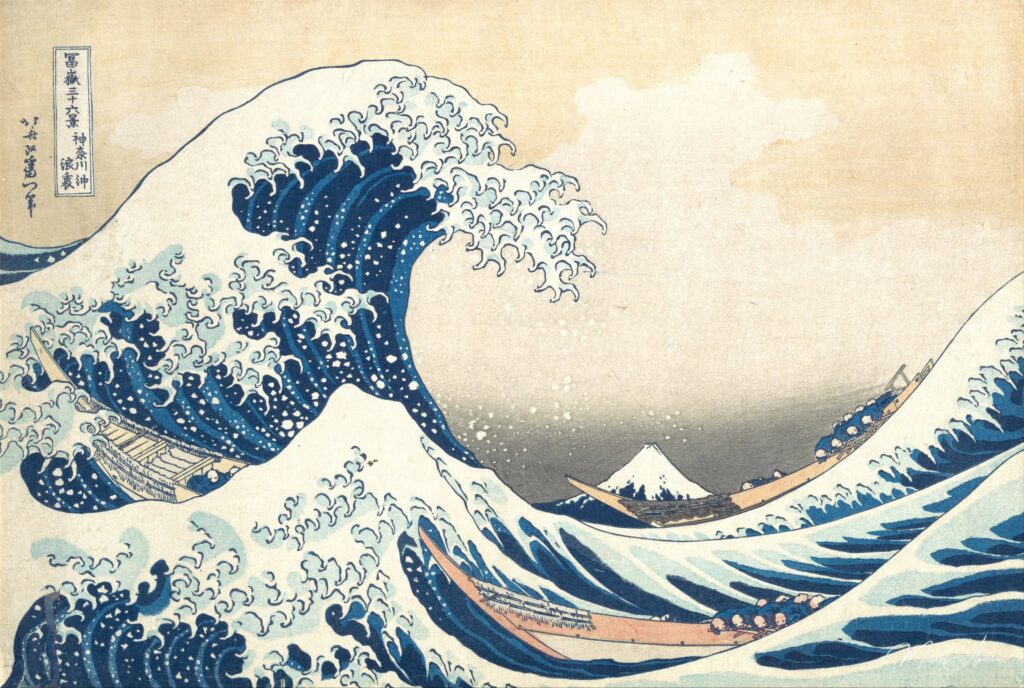
The Great Wave off Kanagawa – Katsushika Hokusai
This oil painting reproduction of Hokusai’s “The Great Wave off Kanagawa” from the Thirty-Six Views of Mount Fuji series is a masterpiece that captures the essence of Japanese artistry and nature. Crafted with the highest quality materials and meticulous attention to detail, this reproduction brings the iconic wave to life with vibrant colors and intricate brushwork.
Each brushstroke is care…
The Enduring Power of Hokusai’s Masterpiece
Katsushika Hokusai’s iconic woodblock print, The Great Wave off Kanagawa (c. 1831), is more than just a beautiful piece of art; it represents a pivotal moment in the evolution of Japanese art and culture. As part of Hokusai’s acclaimed series, Thirty-six Views of Mount Fuji, this print encapsulates the flourishing ukiyo-e art form of the Edo period (17th-19th centuries), where scenes from everyday life and popular culture were masterfully depicted. This article will explore the context, artistic merit, and lasting impact of The Great Wave, highlighting its significance as a fusion of artistic traditions and a global icon that continues to inspire.
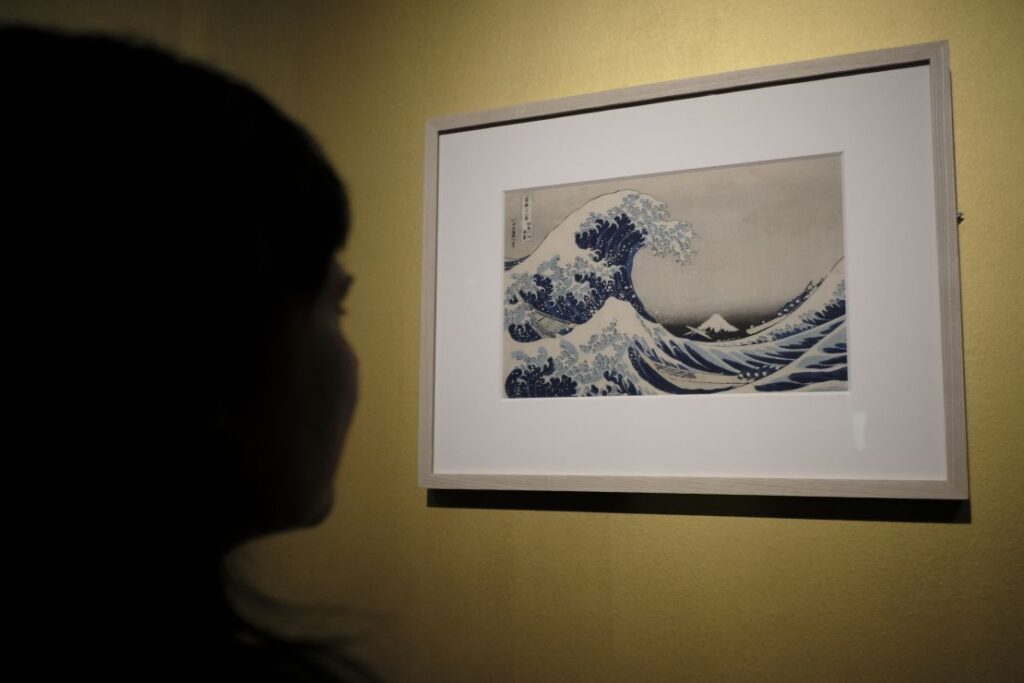
Contextual Background
The Great Wave off Kanagawa is emblematic of the ukiyo-e genre, which flourished during Japan’s Edo period. The term ukiyo-e translates to “pictures of the floating world,” capturing the transient beauty of life, including landscapes, kabuki actors, and scenes of leisure. In this series, Hokusai presents diverse perspectives of Mount Fuji, a symbol of Japan’s national identity.
The early 19th century was a time of transition in Japan, marked by an opening to foreign influences despite the country’s isolationist policies. Hokusai’s work reflects this cultural exchange, showcasing a unique synthesis of Japanese aesthetics with elements borrowed from Western art, particularly the adoption of linear perspective.
Formal Description
In The Great Wave, three boats struggle against a colossal wave that dominates the composition. The sheer size of the wave, poised to crash down upon the boats, conveys a sense of nature’s overwhelming power. Mount Fuji, though significantly smaller in the background, remains steadfast, symbolizing endurance amid chaos.
The dynamic use of lines creates movement and depth, capturing the viewer’s attention. The rhythmic curves of the wave contrast with the angular shapes of the boats, while the meticulously rendered details of the water illustrate Hokusai’s mastery over the ukiyo-e technique. The composition’s balance between the chaotic wave and the serene mountain underscores the fragility of human life against the vastness of nature.
Hokusai’s Artistic Journey
Katsushika Hokusai, born in 1760, was a prolific artist whose career spanned several decades. He produced a vast body of work, constantly seeking to refine his style and push the boundaries of his artistic capabilities. Hokusai adopted numerous pseudonyms, reflecting his desire to reinvent himself throughout his life.
His famous quote, “From the age of six, I had a passion for copying the form of things… yet of all I drew by my seventieth year there is nothing worth taking into account. At seventy-three years I partly understood the structure of animals, birds, insects and fishes… When I am one hundred and ten, each dot, each line will possess a life of its own,” illustrates his relentless pursuit of artistic perfection. This drive for mastery is evident in The Great Wave, where Hokusai combines traditional techniques with innovative concepts.
Western Influences
The Great Wave exemplifies Hokusai’s ability to integrate Western artistic principles into his work. The dynamic composition and dramatic use of perspective draw from Western traditions, resonating deeply with Western audiences and significantly contributing to the print’s popularity. Hokusai’s integration of linear perspective marked a departure from traditional Japanese art, which typically emphasized flatness and decorative elements.
This fusion of styles not only enriched Japanese art but also created a bridge between Eastern and Western artistic traditions. Hokusai’s ability to marry these influences showcased the potential for cross-cultural dialogue, transforming how artists from both cultures viewed and interpreted the world around them.
“Blue Revolution”
A significant innovation in The Great Wave is Hokusai’s use of Prussian blue, a pigment that had recently been introduced to Japan. This bold color choice marked a turning point in Japanese printmaking, as it allowed for greater depth and vibrancy in the artwork. The striking blue of the wave captures the viewer’s eye, enhancing the print’s dramatic impact and emphasizing the turbulent nature of the sea.
Hokusai’s exploration of color in his prints not only demonstrates his technical skill but also reflects a broader trend in ukiyo-e. The use of Prussian blue in The Great Wave and other prints in the series signified a “Blue Revolution” in Japanese art, paving the way for future artists to experiment with color and composition.
Enduring Legacy and Global Impact
The Great Wave off Kanagawa has transcended its origins to become one of the most reproduced images in art history. Its influence extends beyond the realm of fine art, permeating popular culture and inspiring a diverse range of creative works. From musical compositions, such as Debussy’s La Mer, to contemporary reinterpretations by modern artists, the print continues to resonate deeply with audiences worldwide.
Richard Lane notes that “Western students first seeing Japanese prints almost invariably settle upon these two late masters [Hokusai and Hiroshige] as representing the pinnacle of Japanese art, little realizing that part of what they admire is the hidden kinship they feel to their own Western tradition.” This observation underscores how Hokusai’s work has revitalized Western painting, particularly during the late 19th century, when Impressionists and Post-Impressionists drew inspiration from Japanese art.
Hokusai’s impact on Western art is profound, as seen in the works of artists like Claude Monet, Vincent van Gogh, and Edgar Degas, who incorporated elements of Japanese aesthetics into their styles. This cross-pollination of ideas and techniques reshaped the landscape of Western art, leading to a more globalized approach to creativity.
Key Quotes
Hokusai’s ambition as an artist is encapsulated in his own words: “From the age of six, I had a passion for copying the form of things… yet of all I drew by my seventieth year there is nothing worth taking into account. At seventy-three years I partly understood the structure of animals, birds, insects and fishes… When I am one hundred and ten, each dot, each line will possess a life of its own.”
French writer Edmond de Goncourt describes the print vividly: “[Drawing] board that was supposed to have been called The Wave. It is much like that almost deified drawing, [created] by a painter gripped by religious terror of a formidable sea that surrounded his country: a drawing that shows [the wave’s] angry ascent to the sky, the deep azure of the curl’s transparent interior, the tearing of its crest that scatters in a shower of droplets in the form of an animal’s claws.”
Richard Lane emphasizes Hokusai’s significance, stating, “Ironically enough, it was this very work of Hokusai and Hiroshige that helped to revitalize Western painting toward the end of the nineteenth century, through the admiration of the Impressionists and Post-impressionists.”
Conclusion
Katsushika Hokusai’s The Great Wave off Kanagawa stands as a testament to the artist’s genius and the enduring power of Japanese art. By seamlessly blending tradition and innovation, Hokusai created an image that continues to captivate and inspire audiences across cultures and generations. The print not only reflects the beauty of Japanese aesthetics but also serves as a symbol of the interconnectedness of global art movements, illustrating how one work can transcend boundaries and leave a lasting legacy in the world of art.
Katsushika Hokusai
Katsushika Hokusai was a prolific Japanese artist renowned for his groundbreaking woodblock prints and paintings, particularly his iconic work The Great Wave off Kanagawa, which exemplifies the fusion of traditional ukiyo-e aesthetics with Western artistic influences.
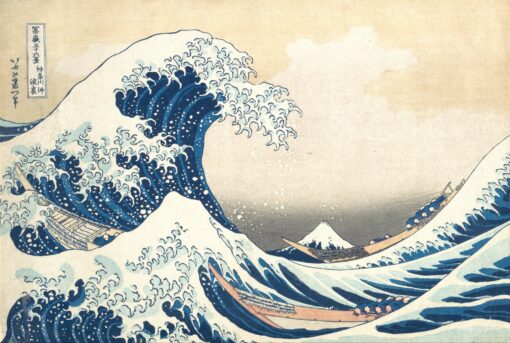
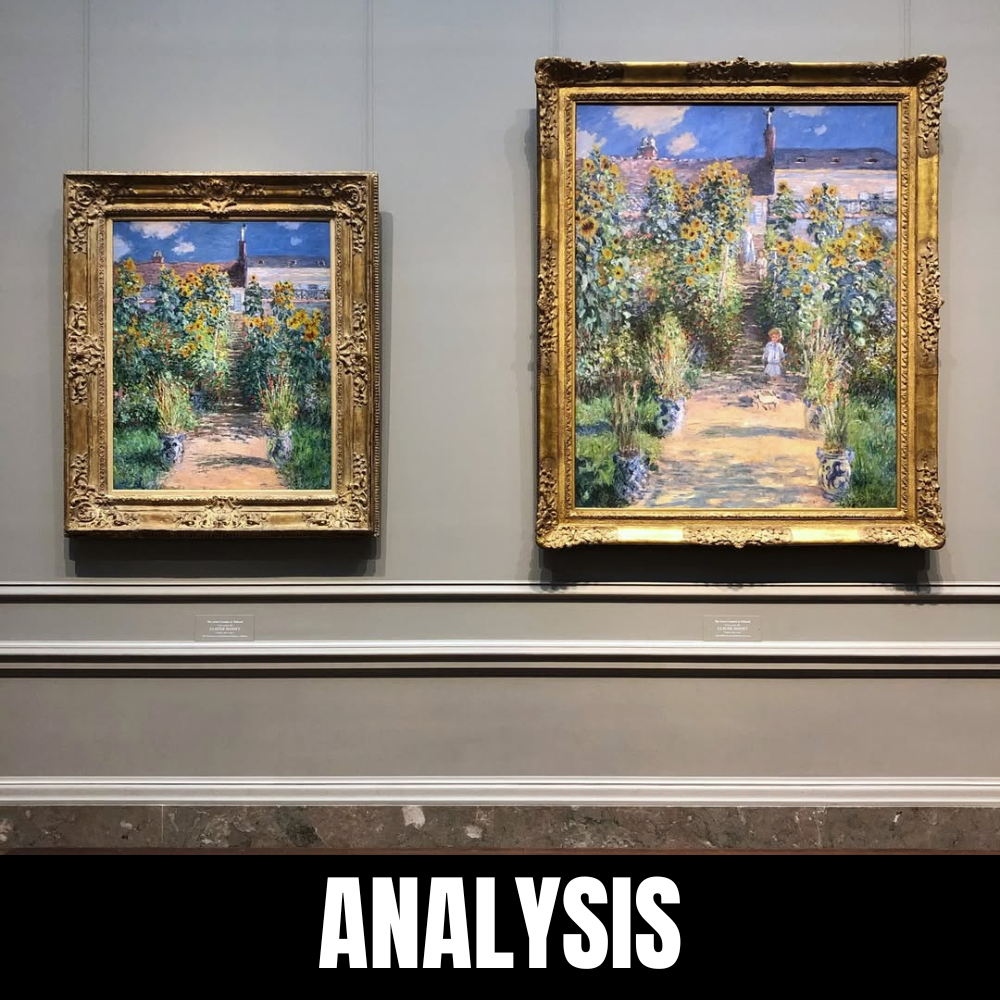
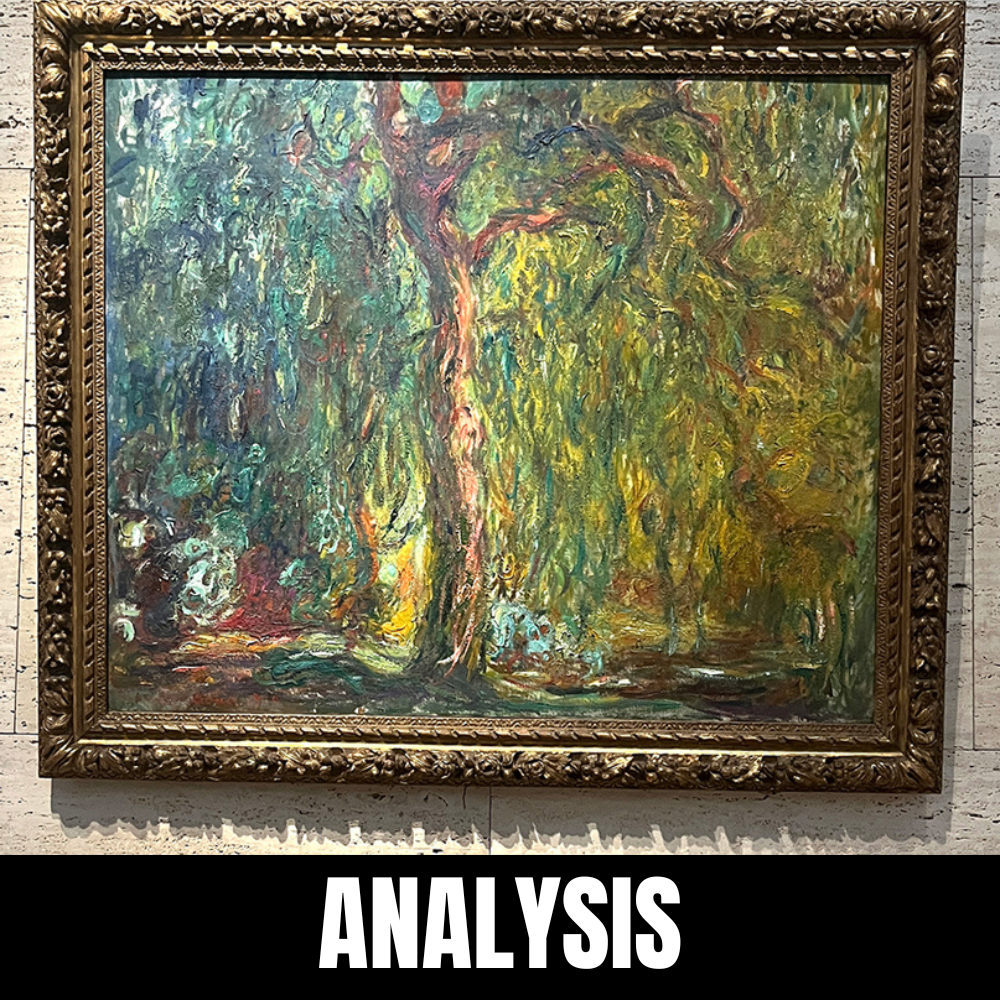
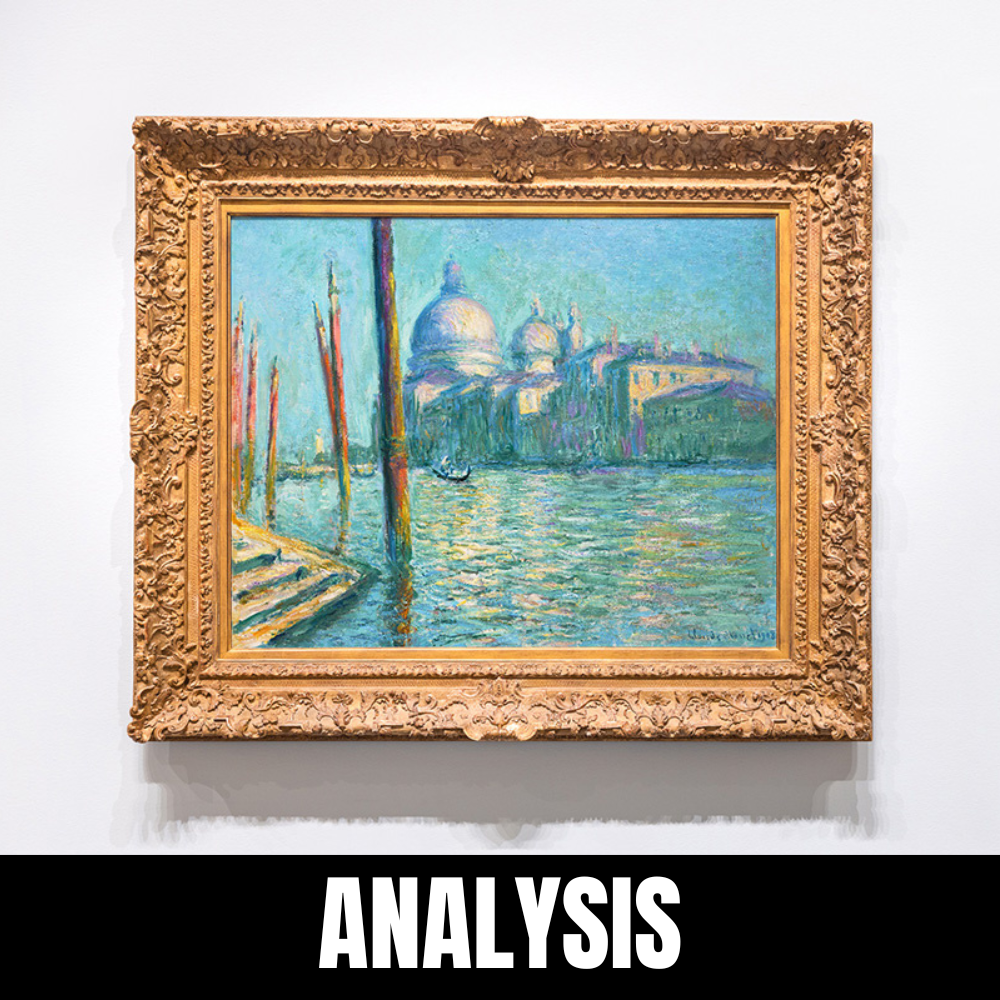
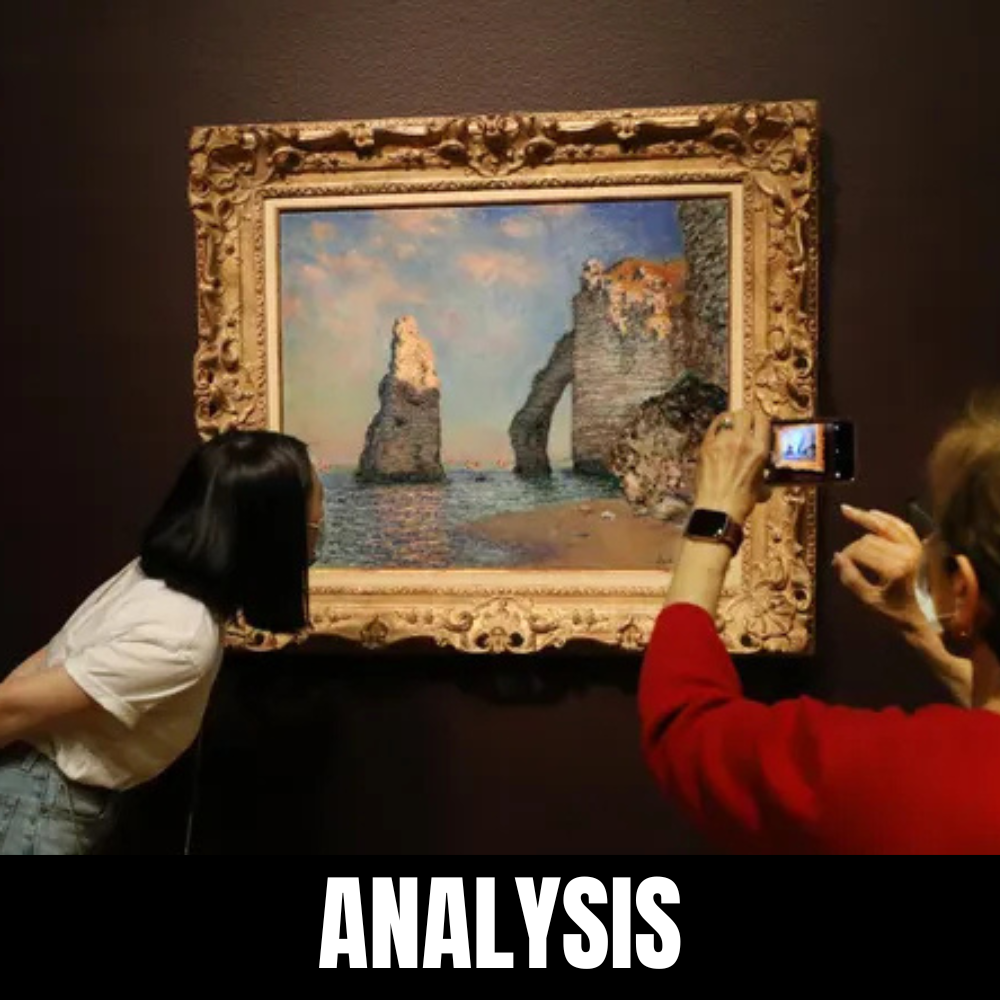
Leave a Reply